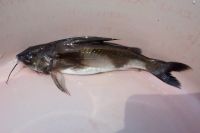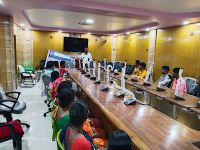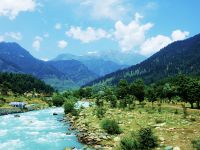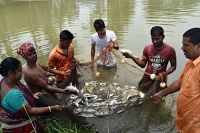Aquaculture Asia Magazine, April-June 2024
25 June 2024 | 17402 views | Education and Training, Environment and Sustainability, Freshwater finfish, Gender, Genetics and Biodiversity, Hatchery and nursery, India, Livelihoods, gender and social issues, Ornamentals
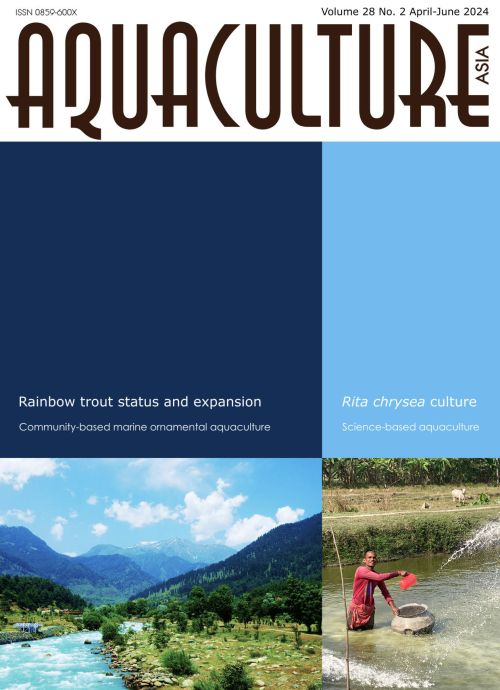
In this issue:
- Scientific aquaculture to promote better livelihoods for Scheduled Caste farmers.
Arabinda Das, R.N. Mandal, B.N. Paul, S. Adhikari, P.P. Chakrabarti, S.S. Giri, A. Hussan, F. Hoque, H.K. De, Ashis Saha and S. Ghosh - Rainbow trout in Jammu and Kashmir: Present status and strategies for expansion.
Parvaiz Ahmad Ganie Ravindra Posti, Raja Aadil Hussain Bhat, Suresh Chandra, Pramod Kumar Pandey - Community participation in marine ornamental aquaculture: An integral approach on livelihood empowerment of islander women and conservation of reef ecosystems at the Lakshadweep Islands, India.
Deepa Dhas, D.S., T.T. Ajith Kumar and Uttam Kumar Sarkar - Training programmes organised by West Bengal Fisheries Department in South 24 Parganas in the beginning of 2024.
Subrato Ghosh - Exploring the possibility of captive production of a near threatened catfish, Rita chrysea for Indian aquaculture.
S. Ferosekhan, S.N. Sahoo, B. Mishra, S.S. Giri and S.K. Sahoo - NACA Newsletter.
Creative Commons Attribution.

